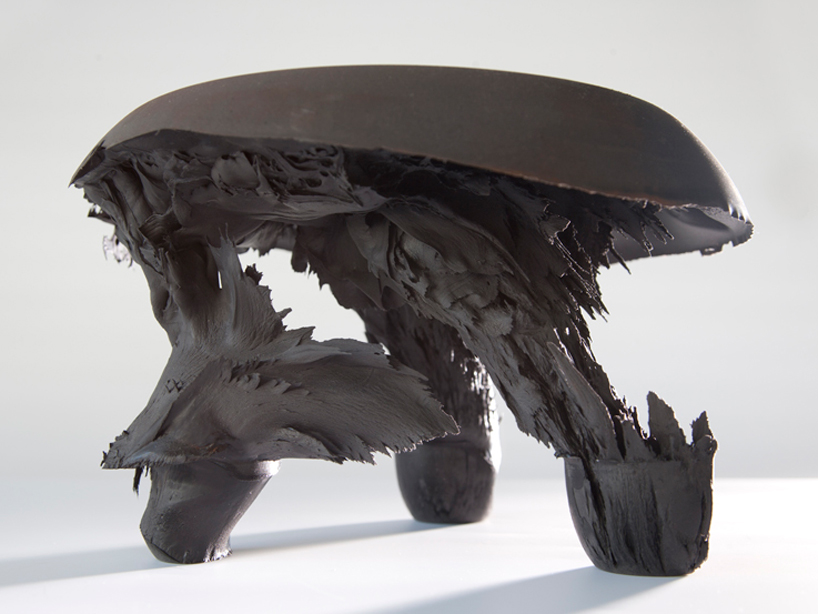Zack J-W Look Out! – 1
The new roller coaster is here! And it’s fake. But my recon (1 dude) has confirmed that it’s a pretty good fake. Awesome actually.
The Wizarding World of Harry Potter is a ride that simulates a Nimbus 2000 broom flight with H.P. via something akin to Lexus’s virtual driving simulators. It’s using high end robotic platforms combined with audio/visual to create a race around Hogwarts that feels pretty real.
[youtube https://www.youtube.com/watch?v=iT7CPDrK8ro]
The cool thing about it according to eternal kid James Krahe is that the experience is stellar. He said, “I couldn’t figure out how they were doing it”.
They were doing it with an overgrown robotic arm that functions just like CMU’s dFab arms. It has full range of motion relative to a fixed point at the base which is more than enough to simulate the G’s involved in whipping around a roller coaster and indeed forces that would rip a car on a track to pieces if it tried to change direction as fast. The cool thing is, we can have different experiences. The question is, are they as cool as being 400 ft of the ground in a tiny train car looking out over the world. We’ll see…




